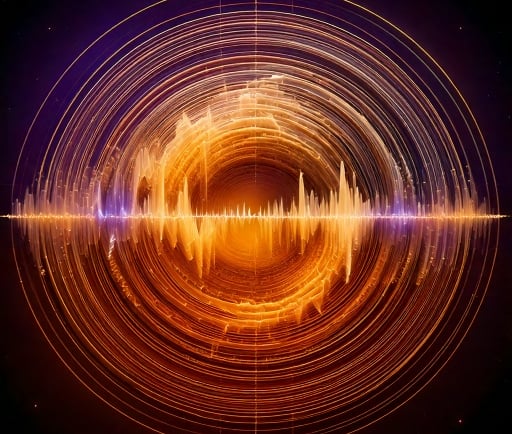Baryon Acoustic Oscillations: Sound Waves in the Nascent Universe


Understanding Baryon Acoustic Oscillations
The nascent universe, teeming with phenomena that continue to influence the cosmos today, produced sound waves known as baryon acoustic oscillations (BAO). These oscillations emerged shortly after the Big Bang, primarily as a result of acoustic waves in the primordial plasma of the universe. The interplay between radiation and matter formed these sound waves, which eventually left a distinctive imprint on the large-scale structure of the cosmos.
The Impact of BAO on Cosmic Structure
Baryon acoustic oscillations play a vital role in understanding the distribution of galaxies across vast cosmic distances. As these sound waves propagated through the early universe, they established a well-defined scale, influencing the formation of galaxy clusters. This scale manifests as a characteristic pattern in the distribution of galaxies, akin to the ripples left on a pond’s surface after a stone is thrown into it. As a result, researchers can trace the shadows of these oscillations in space to glean critical information regarding the universe's expansion history.
Measuring Baryon Acoustic Oscillations
One of the significant applications of baryon acoustic oscillations is their use in measuring cosmological distances, which is essential for various fields of astrophysics. BAO provides an independent method for determining these distances, offering an alternate means to scrutinize the rate at which the universe is expanding. By analyzing the patterns left by BAO in galaxy distributions, astronomers can constrain cosmological models and enhance our understanding of dark energy's role in driving the universe's accelerated expansion.
In recent years, several observational studies have utilized BAO to refine estimates of the Hubble constant, a critical parameter in cosmology that describes the current rate of expansion. The precision with which astronomers can measure BAO's impact on the cosmic microwave background and galaxy surveys has led to profound insights, exposing discrepancies that may lead to new physics beyond the standard model of cosmology.
In conclusion, baryon acoustic oscillations encapsulate a fascinating aspect of our universe's evolution, marking their significance in both the early stages of cosmic development and contemporary astrophysics. As we continue to study the intricate effects of sound waves in the nascent universe, our understanding of the cosmos expands, revealing the extraordinary nature of reality we inhabit.
